Laser cutters are nothing new, but Glowforge has a long history of adding something that the category has sorely been lacking: Ease of use. Today, the company announces the Aura. Smaller, cheaper and even easier to use than its bigger brother, the device is perfect for education, craft and light prototyping work.
Carrying a $1,199 price tag, the Glowforge Aura can carve up wood, leather, acrylic, paper, stone, metal and other materials. The company doubles down on its ease of use by offering materials especially selected for the machine. The built-in camera reads the QR code, and the correct settings for cutting, scoring (i.e. marking but not cutting all the way through) and engraving are automatically selected by the machine. Of course, you’re not limited to the materials provided by Glowforge, and you can use the machine’s built-in settings as a starting point for your own craft projects.
The Aura can be vented out a window, or be paired with an air filter so it can be used indoors. The air filter automatically pairs with the Aura, and turns itself on to extract the smoke and fumes from the device when it’s running. At least, that’s the theory — in practice, I filled up my apartment with smoke a number of times when the air filter failed to come on.
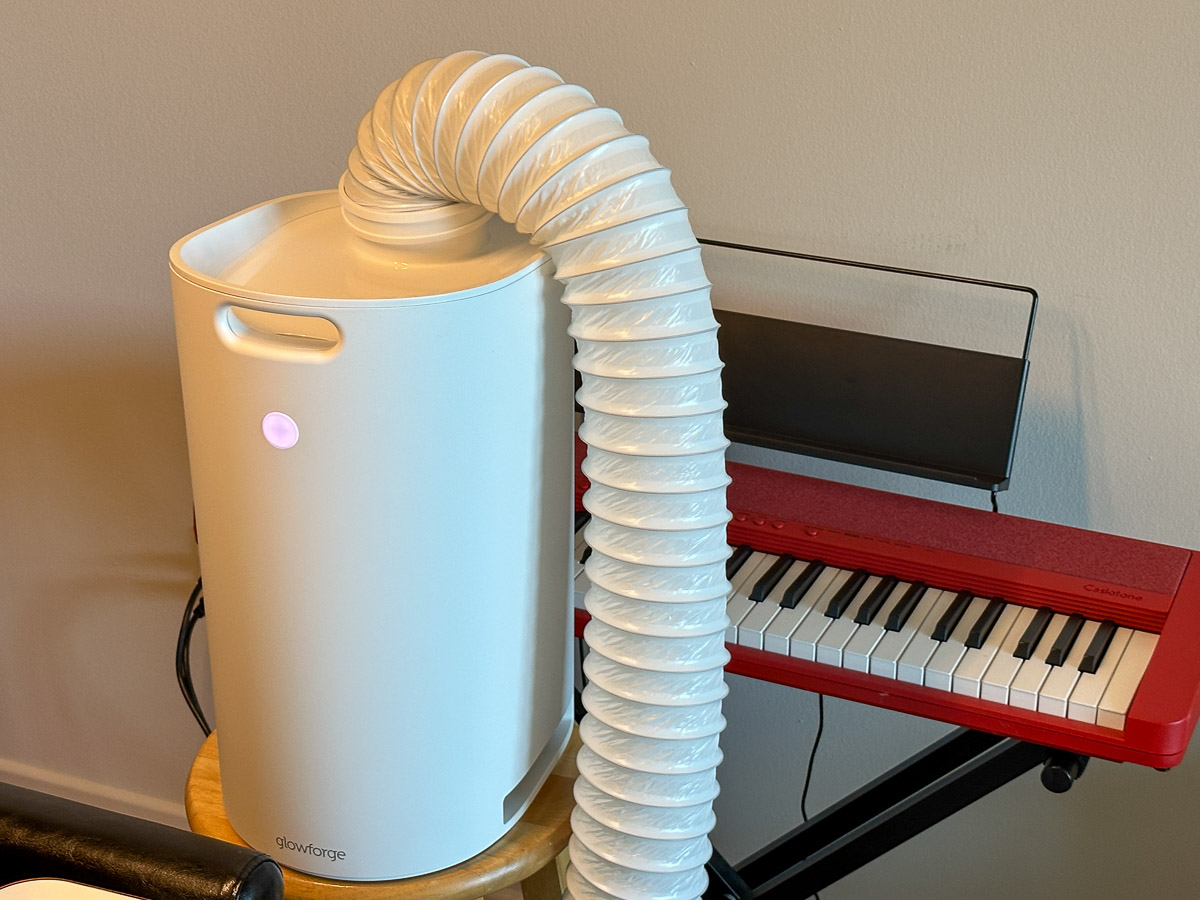
The air filter was great when it worked. Unfortunately, it wasn’t particularly consistent, and I found myself sitting in a cloud of wood smoke, wishing it just had a manual “on” button as well as its smart features. The button that looks like an “on” button, is not. Image Credits: Haje Kamps / TechCrunch
After a dozen emails back and forth with the customer support team, they sent out a new air filter — which worked more consistently, but also failed to turn on for a few of the cuts. Not ideal, but the team assures me that software updates will make the air filter more consistent over time. The issue also shows the downside of having a “foolproof” system that’s meant to “just work” — if something goes wrong, I never found a way to manually turn the air filter on to extract smoke.
Update: Moments before this article went live, I got an email from Glowforge’s CEO, Dan Shapiro, who tells me that they listened to my feedback, and implemented a way to manually run the air filter.
“We just implemented your suggestion: if the printer isn’t connected, the button turns teal and can be used as a switch to toggle between off, medium, and full power,” Shapiro emailed me. “That should serve as a backup in case anyone in the future winds up here again. That update just went out so all new owners will have it.”
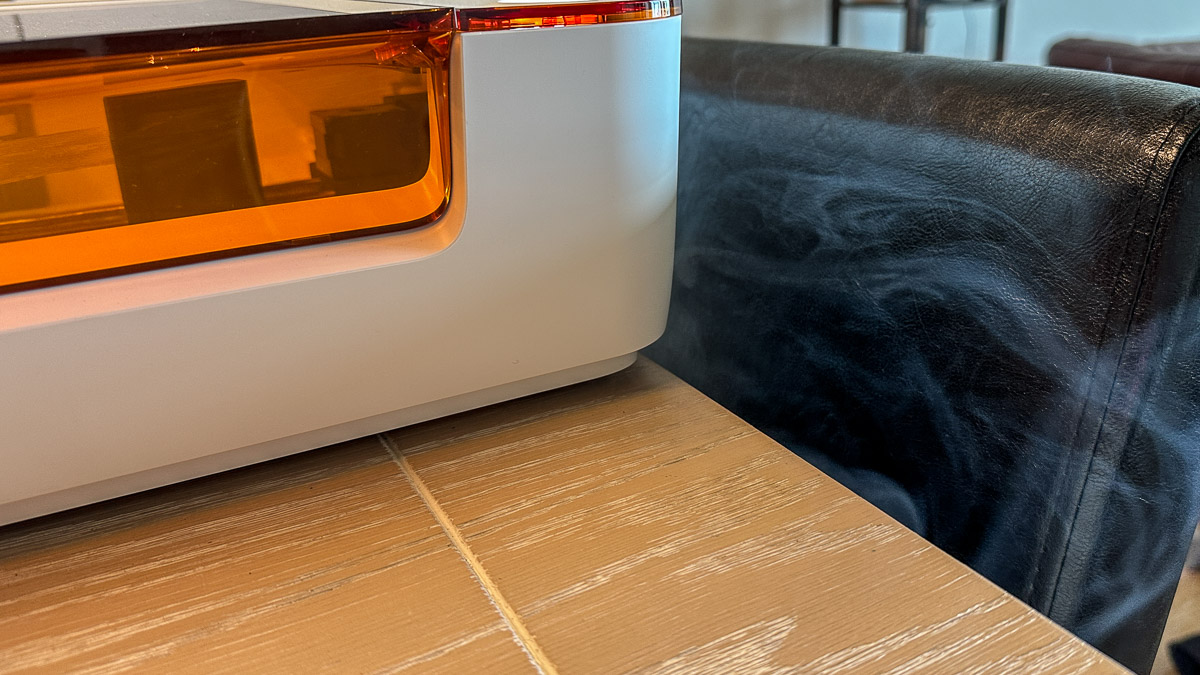
On the right-hand side of the photo, contrasted against the chair: That’s… a lot more smoke than I’m comfortable having in my apartment. Image Credits: Haje Kamps / TechCrunch
The aforementioned built-in camera makes the machine almost foolproof to use. With the web-based control software, you can see exactly where you’re about to cut, and position your material just so. The software lets you select the type of cuts you want to make, along with the order of cuts — in my experience, engraving and cutting the inner parts of a complex design before cutting the outline of a print is usually the best way to go.
The problem is that the camera isn’t super accurate. I’ll get back to that when I try to engrave a phone case in just a moment, but even using Glowforge’s official Proofgrade materials, there are quirks. Below, you can see a bunny I tried to cut; the software thinks I’m well within the lines, but when cutting, the beastie’s toes were dangling off the edge. That meant I had to reprint parts of it, wasting material.
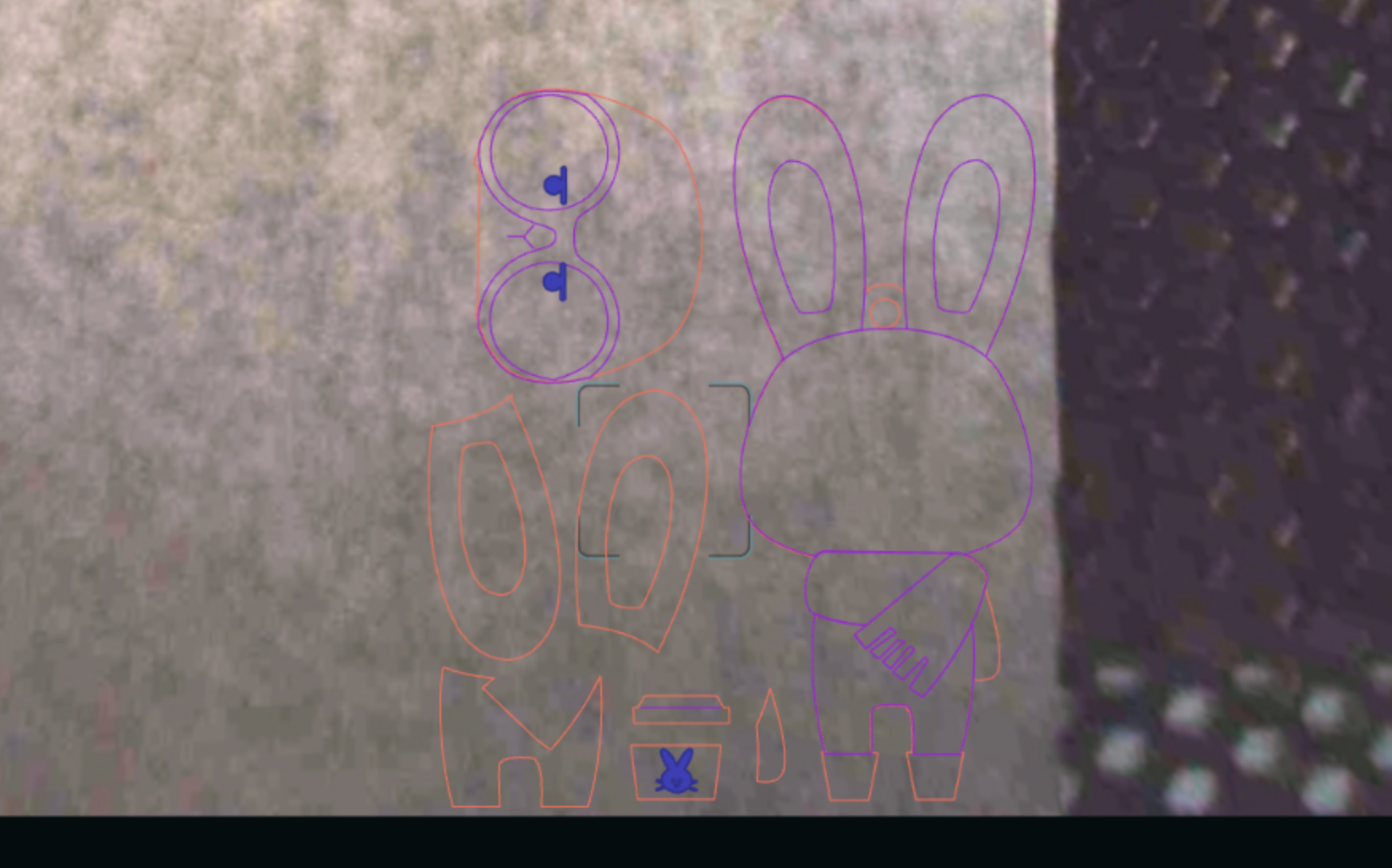
Trying to cut a bunny near the edge, but well within it… Image Credits: Haje Kamps / TechCrunch
Over the years, I’ve used tons of different laser cutters, and most of them have something in common: They are fantastically powerful, but also very hard to use. Some of them need to be focused manually; others need to be carefully configured through trial and error whenever you use a new material. The Aura suffers from none of these issues.
Glowforge’s Aura is to laser cutters what the Cricut was to vinyl cutters: Professional users who are used to more industrial machines will be disappointed. The Aura has limited flexibility and can’t be used for as many use cases as they might be used to. Overall, the Aura has all the advantages and disadvantages you’d expect from a craft-grade device. The material thickness is limited, so if you want to laser engrave an item that’s an inch thick, you’re probably out of luck.
I also ran into issues with materials that do, in theory, fit inside the Glowforge. I tried to laser-engrave a phone case, for example, but the first few attempts, it fired its lasers off the side of the case. After a fair amount of trial and error, I was able to get it all set up and calibrated as expected. Still, if part of the target audience of the Aura is students and makers, phone cases seem like a pretty obvious choice.
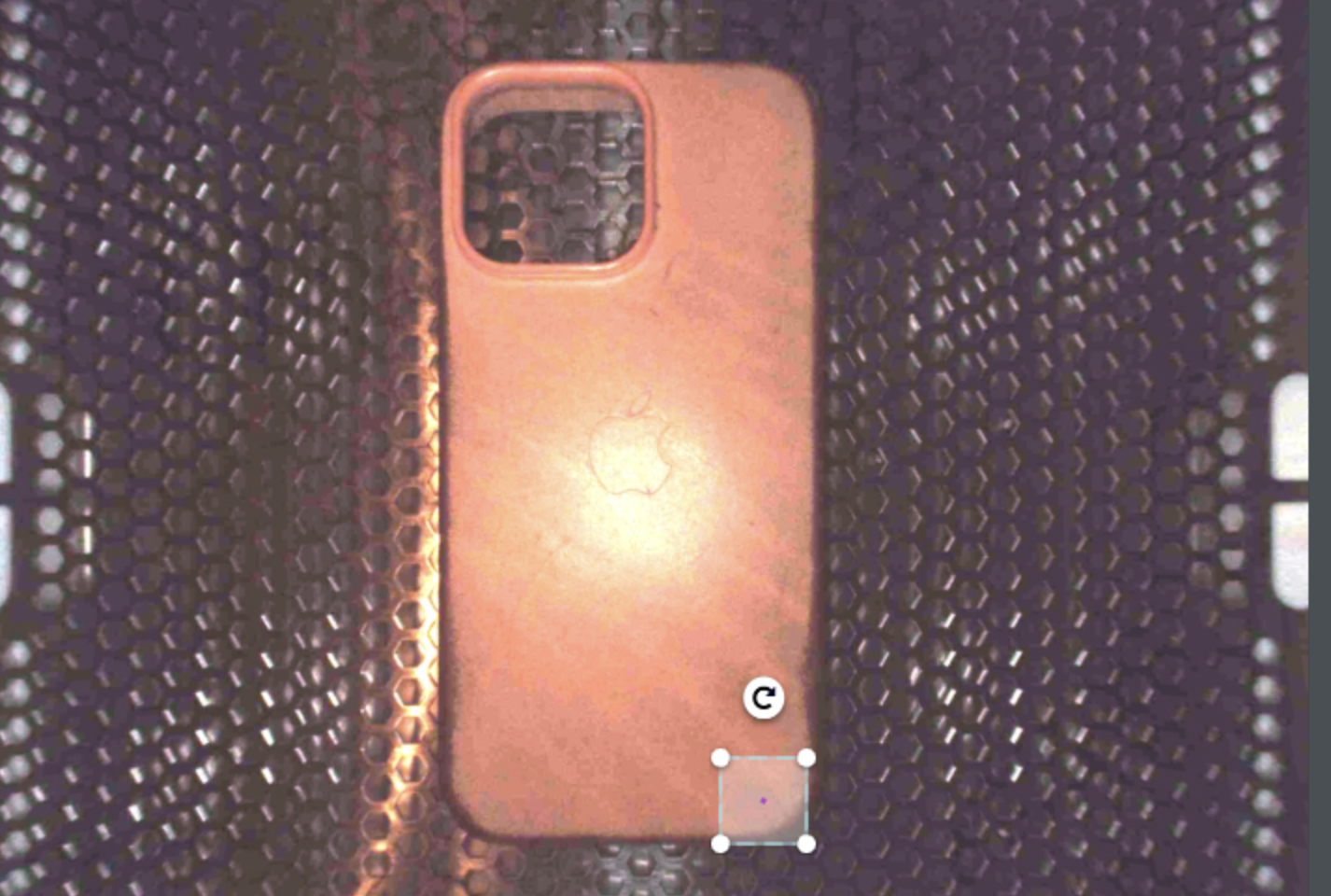
I tried a tiny one-millimeter test score to see if the laser was outputting the right power. Hilariously, the Aura tried to cut about 10mm next to its target area, time and time again. Image Credits: Haje Kamps / TechCrunch
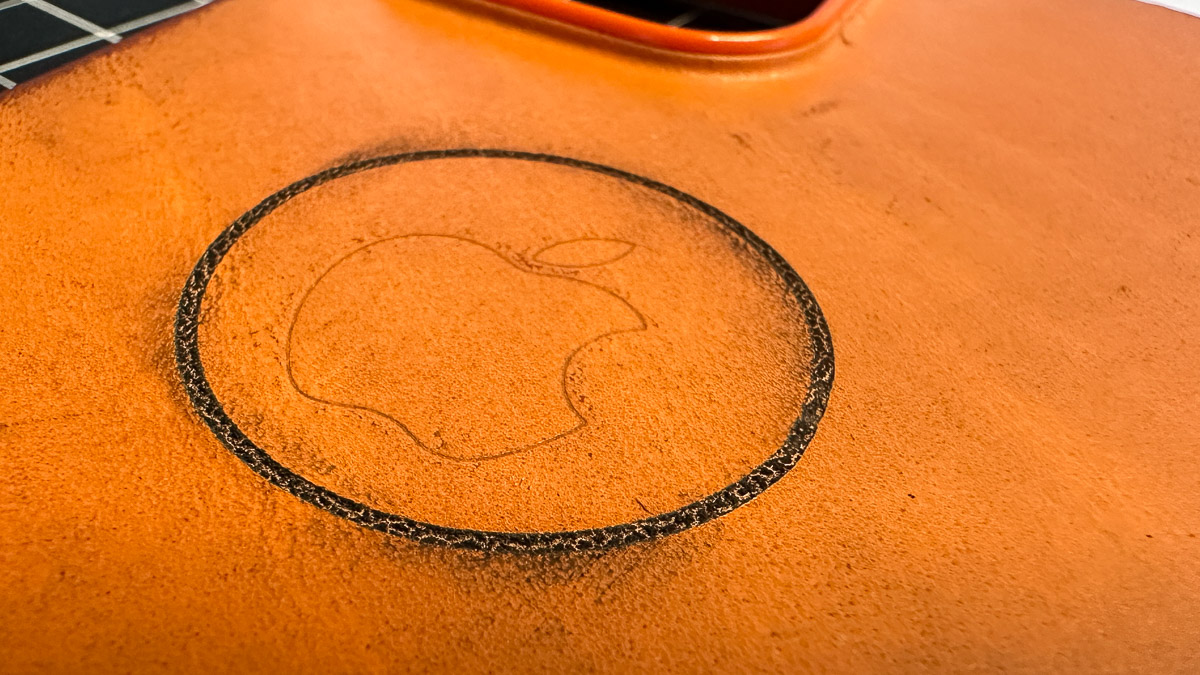
Eventually, I asked the Aura to draw a circle around the Apple logo on my phone. The alignment is off, but in addition to that, it looks like the laser didn’t focus properly (the line should be a lot thinner than that), resulting in one ruined leather phone case. Womp-womp. Image Credits: Haje Kamps / TechCrunch
The professional in me is annoyed that the Aura doesn’t have an “outline print” feature found on professional lasers: This would make the laser do a low-output pass over the outside of the print area. It won’t mark the material, but it does show whether it is aligned properly. I’m also annoyed that I couldn’t find a way to focus the laser manually.
Still, whining about these limitations does a disservice to the Aura — it doesn’t pretend to be a professional tool. In its press materials, the company describes it as a “craft machine,” and positions itself as a replacement for craft cutters: Replacing razor blades with a beam of light, essentially.
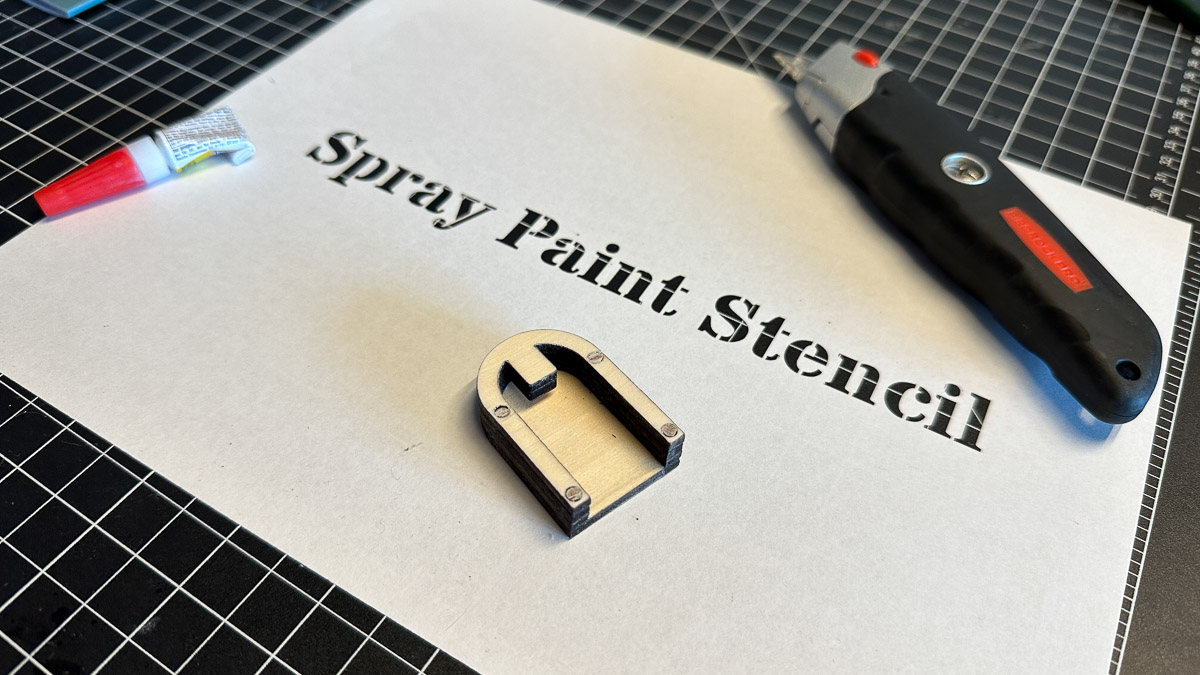
Glowforge’s software comes with a number of fonts that are great for making stencils. In the foreground: One of the functional parts I made with plywood, dowels and wood glue. Image Credits: Haje Kamps / TechCrunch
Time will tell whether that positioning works, but I suspect it isn’t an accident that the company is trying to go downmarket: The advanced amateur market is covered by the original Glowforge machines; the $7,000 Pro, or the $5,000 Plus. Neither of those price points are particularly hobbyist friendly, and the $1,200 price point puts it within reach of maker spaces, hobbyists and crafters who see the need for creating repeatable patterns on the fly.
Glowforge Aura also works the Magic Canvas functionality I covered a while back, which removes even the need to be able to design your own prints. Magic Canvas transforms simple descriptions into tangible art forms like hardwood jewelry, slate coasters and more. Perfect for the crafting and doing-a-project-with-the-kids market, Magic Canvas can generate custom clip-art in tons of different styles, making crafting even more accessible than before.
In reviewing the device, I played with a number of different materials, but in the end I ended up cutting more paper than I was expecting, and using the paper as spray-paint stencils. I also cut a fair few functional parts that I would have otherwise 3D printed, but I realized that stacking plywood with dowels and wood glue to hold it all together made parts that were both sturdier and faster to produce — not to mention more resistant to heat — than parts made with a 3D printer.
Glowforge’s Aura isn’t the cheapest laser cutter out there, but it packs many ease-of-use and safety features into a relatively affordable package. The teenager in me really wishes these things were around when I was a teenager; it would have been really fun to learn to craft and create with one of these.
The Aura goes on sale today, and can be purchased directly from Glowforge, or is available in a selection of retail channels.


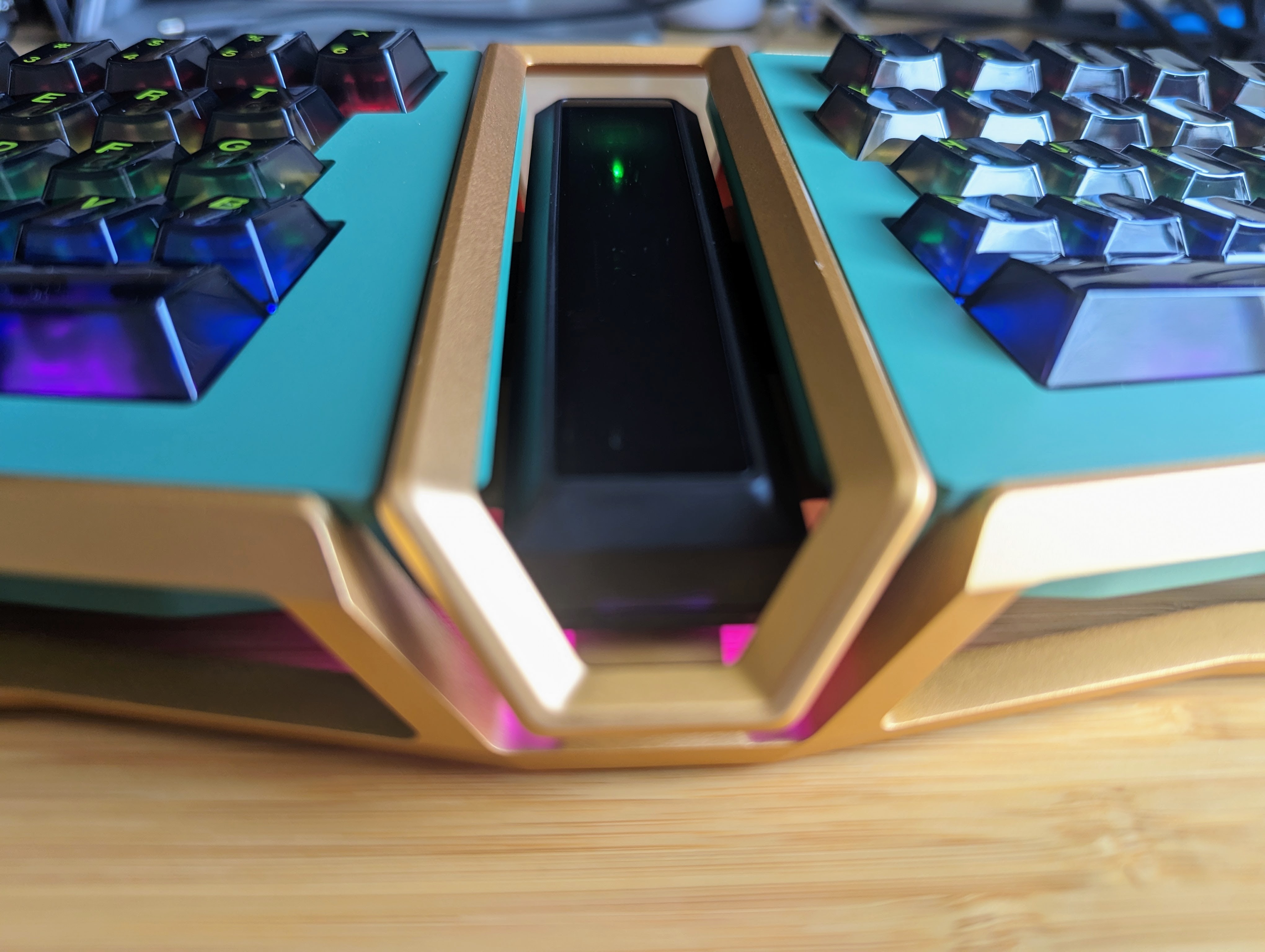












 English (US) ·
English (US) ·